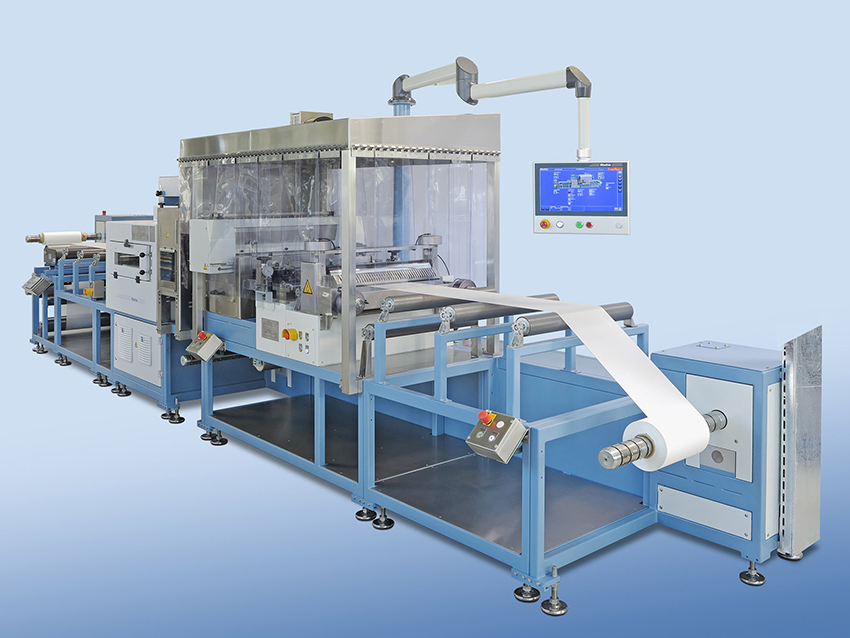Fiber-reinforced composites offer good mechanical properties with low weight and high damage tolerance. The most well-known type of fiber-reinforced composites is fiber-reinforced plastics (FRP), which can only be used up to a maximum of 300°C. Much higher temperatures are possible with ceramics reinforced with ceramic fibers, known as Ceramic Matrix Composites (CMCs), which can reach operating temperatures of well over 1000°C. The interplay between reinforcing fibers and the surrounding ceramic is adjusted to make the CMCs behave in a quasi-ductile manner. Similar to metals, they do not break suddenly and catastrophically, but can stretch up to one percent before failure. However, the production costs of conventional CMCs are very high, with the prices of the required ceramic reinforcing fibers ranging from a few hundred to several thousand euros per kilogram. This limits the use of CMCs to a few high-priced applications such as aerospace or energy technology. Therefore, Fraunhofer Center HTL is also developing low-cost CMCs that use glass or basalt fibers, which are one to two orders of magnitude cheaper than ceramic reinforcing fibers. The maximum operating temperature of these new CMCs is limited to around 900°C to 1000°C.
 Fraunhofer ISC, Center for High Temperature Materials and Design HTL, Bayreuth
Fraunhofer ISC, Center for High Temperature Materials and Design HTL, Bayreuth
